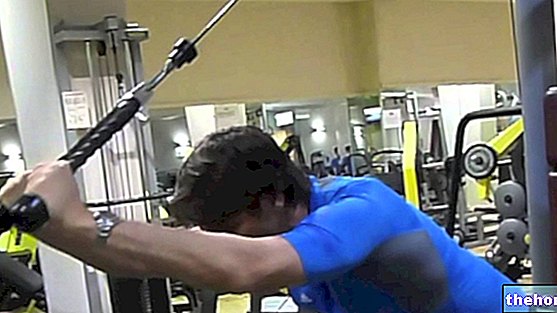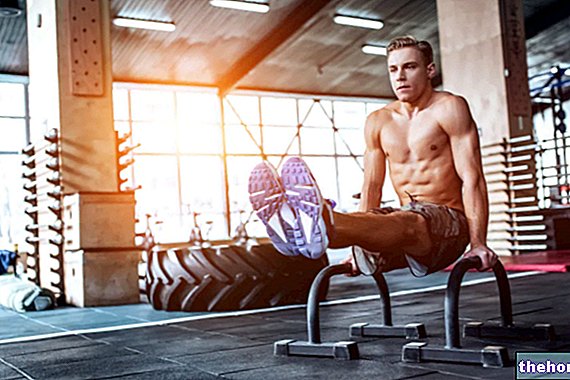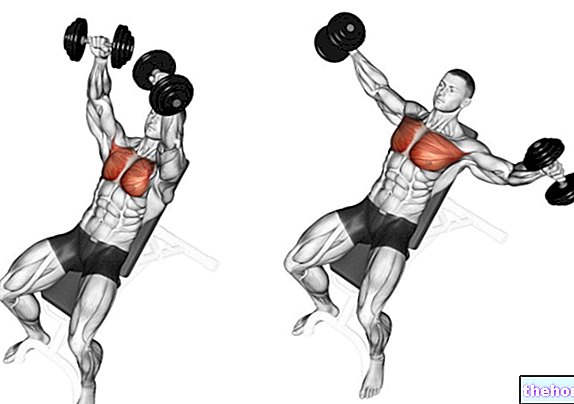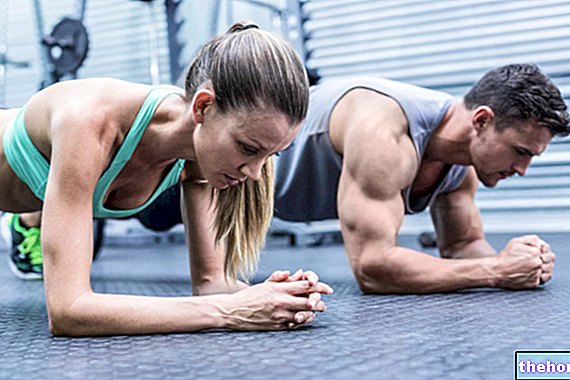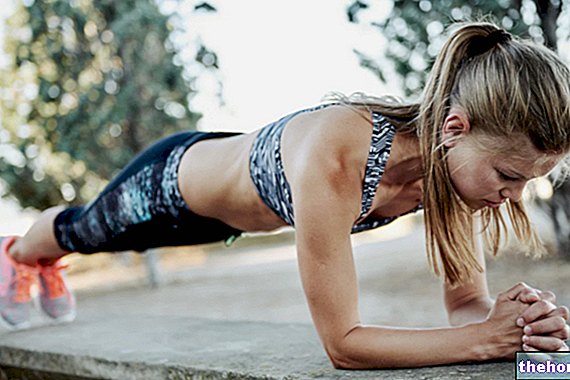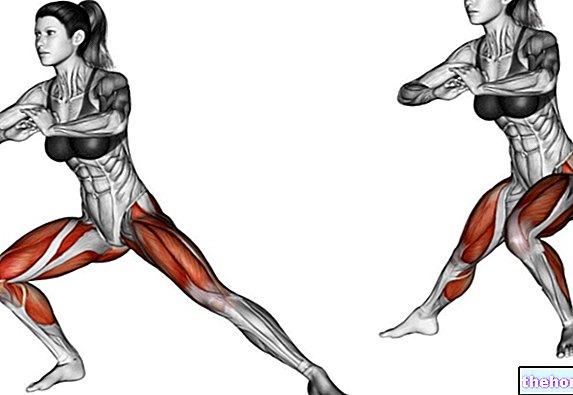Edited by Dr. Massimo Bonazzelli
Synonyms
The straight-legged barbell deadlift exercise is also known as a stiff-legged deadlift, stiff leg deadlift, straight leg deadlift, straight leg deadlift.
Type of Exercise
Straight-legged barbell deadlifts is a multi-joint exercise / accessory
Variants
- Hyperextensions
Straight-legged barbell deadlifts: Execution
The starting position sees the athlete standing with the spine and hips flexed forward. The barbell is attached to the shins, resting on the ground at about 23 cm in height. The distance between the feet (stride) is very close to the distance between the shoulders. The opening angle of the feet is about 10 °, but with room for modification according to individual characteristics; generally between 8 and 20 degrees. The shoulders are located a few inches ahead of the bar from a side view. The outstretched arms immediately descend outside the legs. The knees are fully extended or slightly less and consequently the tibia and fibula are perfectly vertical or nearly so. The hips and spine are flexed just enough to allow the athlete to reach with the legs. hands the barbell with adducted shoulder blades. The grip can be supine, prone or mixed (one hand supine and the other prone), the latter providing greater solidity. The shoulder blades are abducted. The execution consists in the simultaneous extension of the hips and the vertebral column. To lighten the load on the spine, during the movement of the barbell, it must be kept attached to the body thanks to a shoulder extension. Knees and ankles do not change their angle for the duration of the exercise. The final position sees the athlete with his back in his position of strength, the hips adducted and the knees with the same degree of flexion they had at the start.
Muscles involved in the exercise Deadlifts with the barbell with straight legs
Group 0
- Ileocostals
- Very long back
- Spinal taps
- Semispinal
- Inferior posterior dentate
- Infraspinal
- Infratrasversaries
- Multiphids
- Psoas
- Square of the loins
- Lower bundles of the trapezius
- Rhomboid
- Splenius
Column extension
Group 1
- Gluteus maximus
- Long head of the hamstring
- Semimembranous
- Semitendinosus
- Ischial head of the great adductor
Hip extension
Group 2
- Great dorsal
- Big round
- Posterior deltoid
- Great pectoral
- Long head of the brachial triceps
Shoulder extension (eccentric phase)
Function of the stabilizing muscles: Stability of the spine, shoulder blades, elbow, handle, hip, knee, ankle and foot

